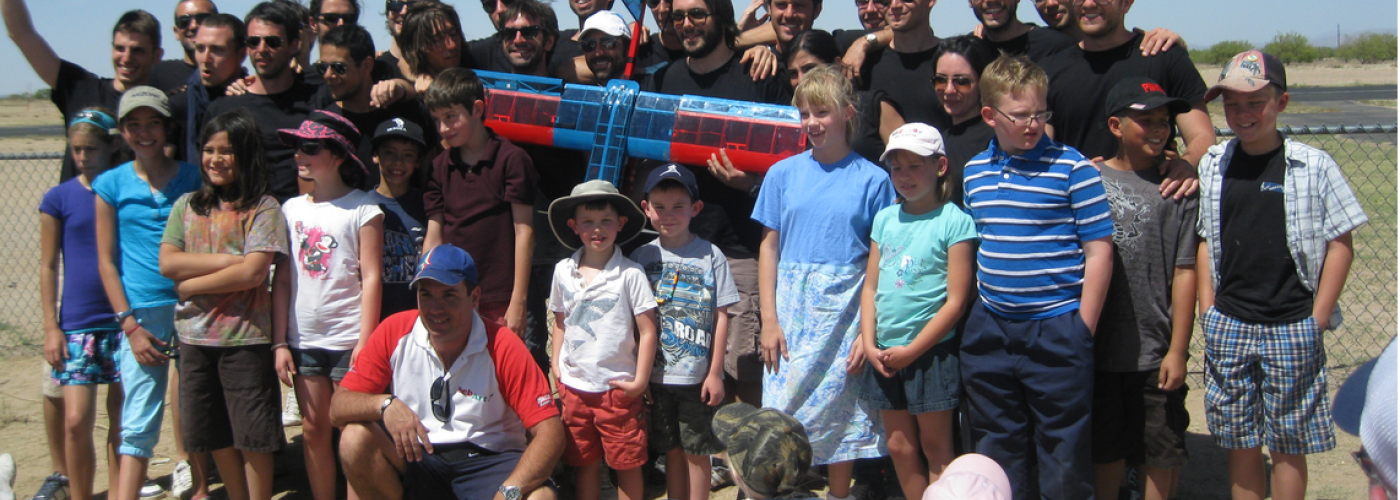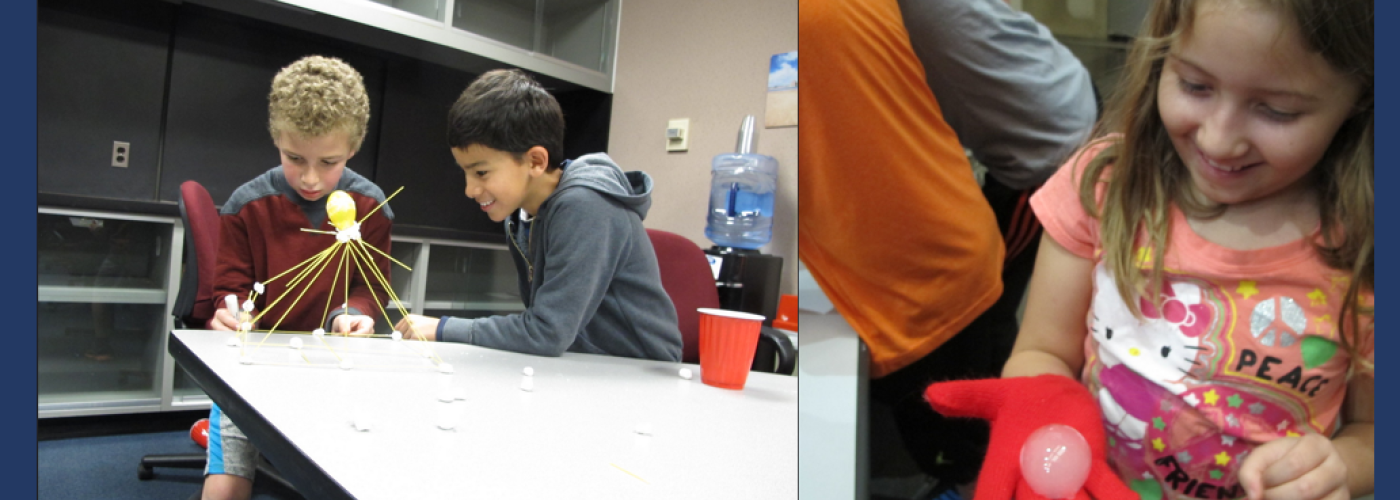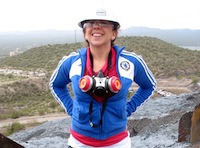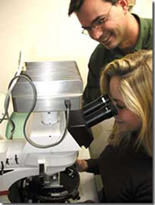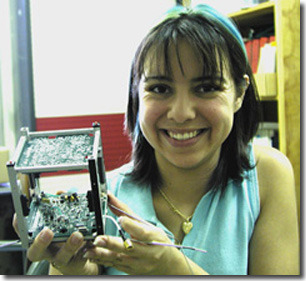Intern Designing the "New Space Shuttle" at Boeing
Germán Fuentes, a 1999-00 Space Grant intern for Dr. Lesser graduated with a degree in Electrical Engineering in 2002. We were very pleased to receive a note from him this summer, to update us on his activities:
"I wanted to say thank you for the opportunity given to me 3 yrs. ago and offer a disposition of service to you and your program. Looking back, the Arizona Space Grant Consortium gave me a start in the space business and I am grateful for the early exposure.
My job at Boeing as an engineer focuses on the X-37 project. X-37 is an unmanned, experimental, space plane designed to test new technologies and progress towards NASA's vision of an Orbital Space Plane. I work with the avionics portion--specifically the communication systems. My day-to-day activities include writing test procedures for the communications system and then running the tests to see if our equipment is functioning properly. The work is exciting and I enjoy the Boeing atmosphere very much--Southern California isn't so bad either!"



